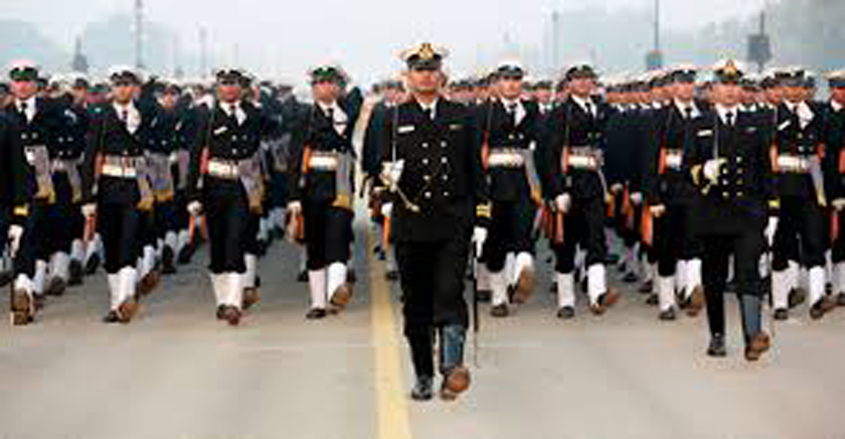Pakistan’s strategically located Gwadar port is being operationalised now. The presence of the Chinese Navy in the region has been increasing for some time. “There are regional navies and there are extra regional navies. We are aware that some countries have increased their navy’s presence in the Arabian Sea area. But their presence on the high seas is as per legal provisions. We know that there has been an increase in the presence and deployment of ships and submarines of the PLA (Chinese armed forces) in our area of interest. It is being closely monitored by the Indian Navy and all other navies. We, too, undertake deployment in such a manner that our interests are protected. The PLA (People’s Liberation Army of China) Navy is of concern since there has been an increase in the movement of its ships and submarines in our area,” he said.
Talking of the heightened threat alert in the country, especially in view of terror attacks at the camps of the armed forces, e.g. in Nagrota, he talked about the increased security arrangements at crucial Naval bases across Maharashtra. Indian Navy has already conducted security audits at various crucial naval installations across the region. While some of them located in Mumbai are situated amid dense population, some outside the city are situated in sparsely populated areas.
“We are working on improving the capabilities of our bases across the country. Some bases are in densely populated areas, some are in sparsely populated areas. The challenges for bases in thickly populated areas are more. For improving the physical security of these bases, we are using new technological measures. We have increased patrolling and surveillance, and have been conducting more training. There are two aspects to it: One is controlling access to places; response mechanism to breach of access is another aspect. Both these areas are being given importance,” Vice Admiral Luthra said.
The Navy is also working on the organisational structure of command and control for betterment of response mechanism. It involves interaction with other forces like the government, police and other agencies.
Talking of the heightened security alert after attacks on Nagrota and Pathankot, he said: “We have already conducted security audits at many places. Smart fencing has been installed at some places. It may not be a solution for all the bases. Certain technologies are specific to particular places.”
AIR CONCLAVE AT MUMBAI AIRPORT
Vice Admiral Luthra said that the process of having an air conclave at Mumbai’s Chhatrapati Shivaji airport was almost complete. Under this, the Navy will be able to operate and carry out exercises from the Mumbai airport.
Sources said that Naval aircraft will be provided a hangar at the airport, which will facilitate operations in case of any emergency.
Vice Admiral Luthra also talked about “Exercise”, a major exercise of the defence forces in which a large number of ships, submarines and aircraft had participated.
He said that the exercise was to test and improve our operational readiness, including mobilisation and synchronisation. The exercise was conducted on 16 November, in which a large number of ships, submarines, and aircraft participated over a span of nine days along with elements of IAF and the Coast Guard.

